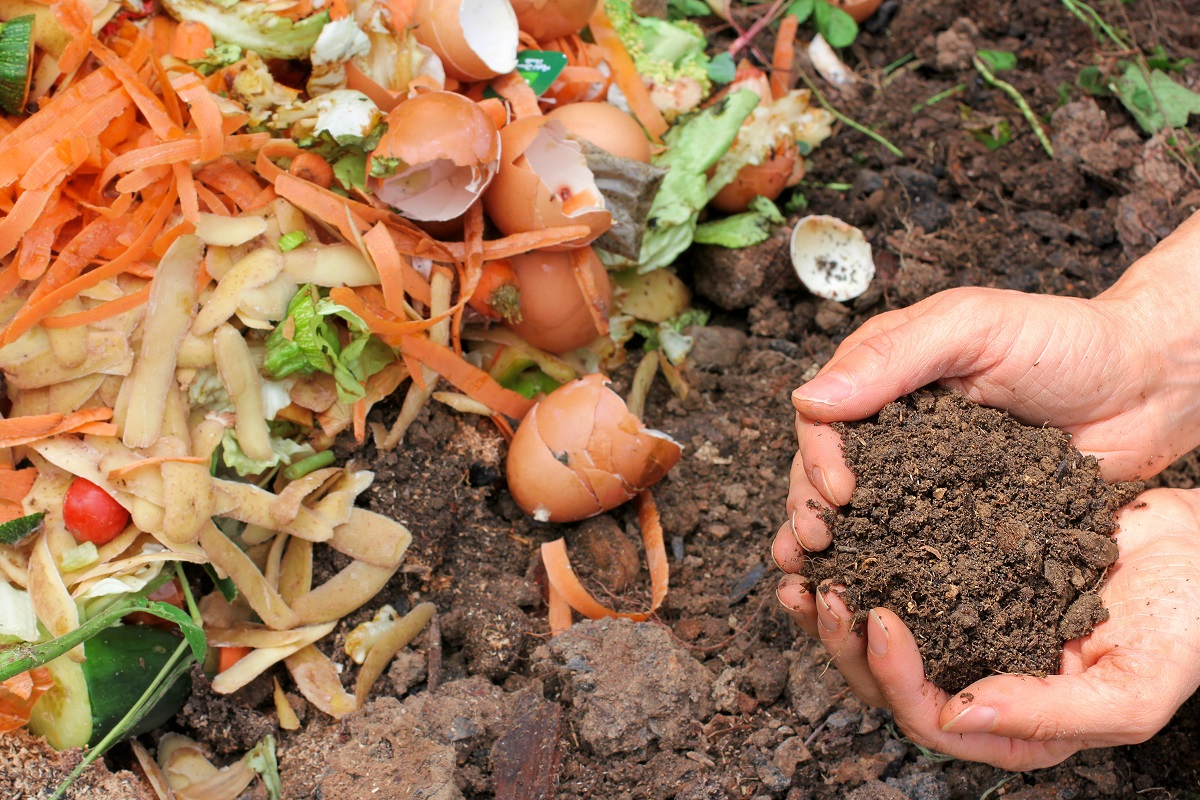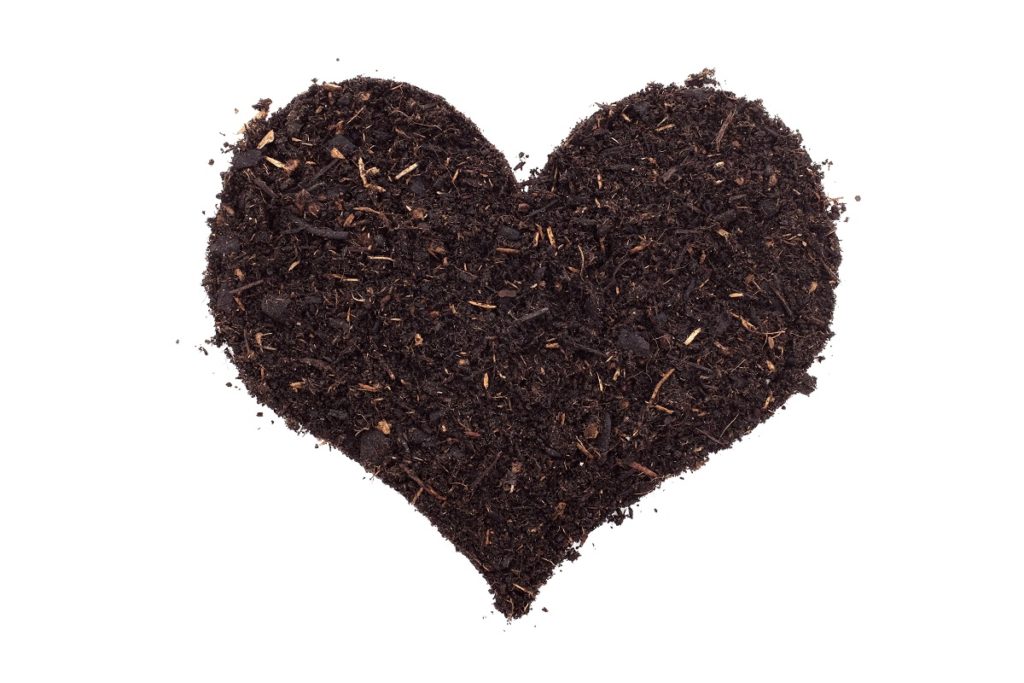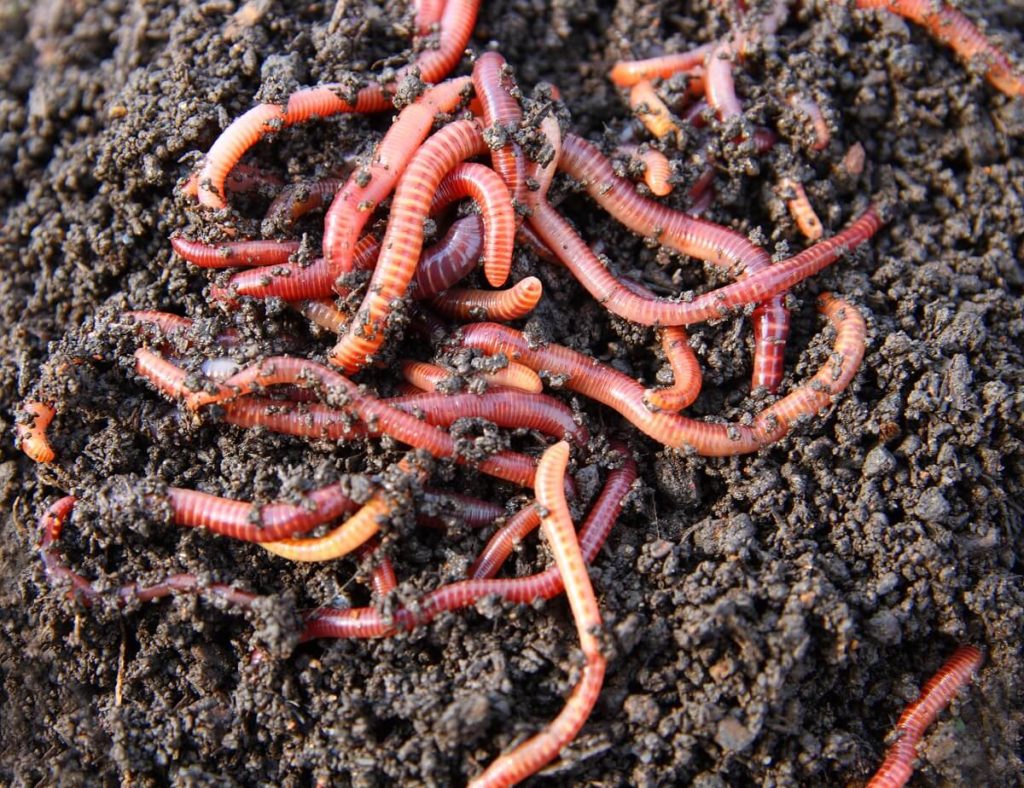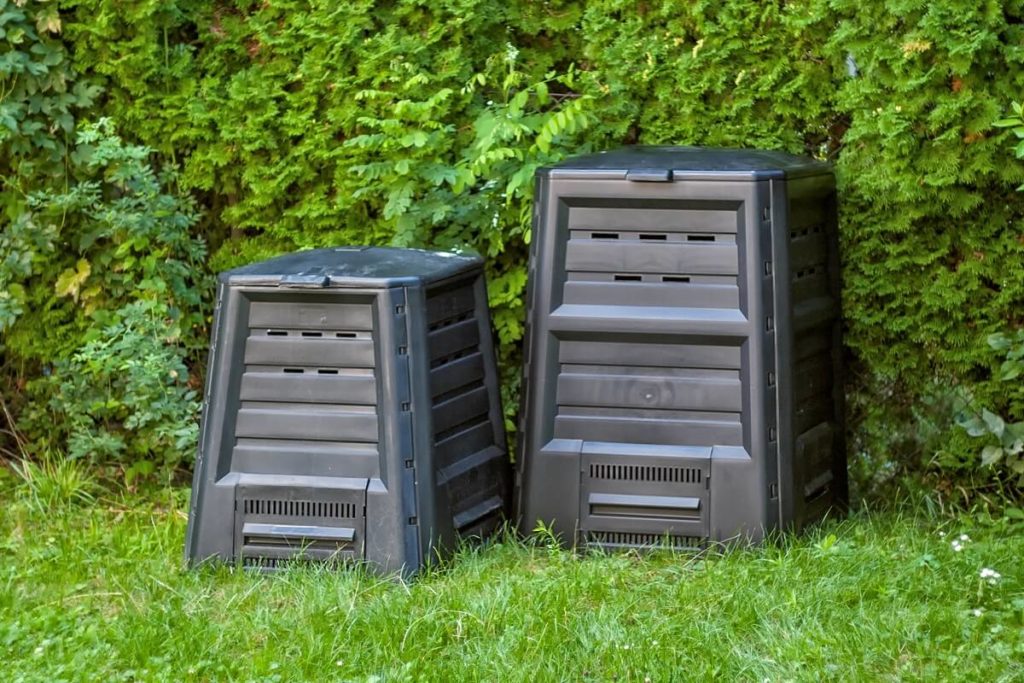Blog - How to Start Composting in the Winter

Composting is a science. Getting it just right depends on the needs of your garden, the size of your property and your climate.
However, we don’t want the complexity to keep you from getting started. Instead we want to inject you with a dose of confidence. New to composting? You can do this!
Why you want to compost in the winter
The act of composting means to strategically speed up the decomposition process that would usually take years, with the ultimate goal of improving soil quality.
Composting in the winter is a great way to prepare for spring and summer gardening. Particularly for new gardeners, you want to set yourself up for success by preparing ahead of time as much as possible.
If you start improving the quality of your soil now, then you’ll have a much more successful garden come summer.
Of course, you can always buy compost, but composting yourself is part of the fun of gardening. When you compost year-round, you reuse food scraps and dead plants in a sustainable way.

How to get started composting in the winter
A successful compost pile requires the right mix of “brown” materials (carbon-rich matter like dried leaves and plant debris) and “green” materials (nitrogen-rich fresh plant scraps that haven’t dried or broken down yet). You’ll learn your own best ratio over time, but a good starting point is 1 part brown to 2 parts green.
This means your compost pile needs to already be partly decomposed. If you start with a fresh pile of green scraps, it will just be a stinky mess.
So how do you begin? Fall is a great time to start saving dried plants and leaves. If you don’t have any on hand, you can use straw, hay, twigs, pine needles, nut shells, or cornstalks as the brown matter.
To start collecting green matter, save kitchen scraps like eggs shells, fruit and vegetable pieces, and coffee grounds.

Protect your compost pile in the winter
Composting requires heat to keep the bio-organisms and bacteria active. But winter isn’t known for heat. So what to do?
You’ll need to protect your pile from rain water with a tarp and/or small roof. It’s also wise to insulate the pile against the heat with straw, newspapers or leaves piled on the outside.
You won’t be able to keep the entire pile warm, and that’s okay. While the outer edges might get frosty and cold, the inside of the pile will stay warm and will continue to decompose.
Worms are a very helpful addition to any compost pile, but most worms go dormant in the winter. You can purchase worms to get started if you fear that there won’t be any finding their way naturally to the pile. Red wigglers can be purchased at your local bait shop or online.

Indoor alternatives to the outdoor compost pile
A compost pile is certainly the most affordable way to get started composting, but it’s not the only option. People who live in very cold areas can have more success with a compost container kept in their garage. And city dwellers with little-to-no yard space can use a container on their balcony.
Here are a few options to consider:
- Compost tumbler: easily crank or turn your tumbler to create compost in faster time periods (weeks rather than months or years)
- Insulated compost bin: Use a container with thick, insulated walls to do “hot composting” which also works faster than a cold outdoor pile
- Worm composter: Create compost with a worm-friendly ecosystem safely housed in a multi-tray container
Whether you choose to compost inside and tumble it, or you get worms to do the work for you in the yard, one thing is for certain: compost requires maintenance.
But once you add bits of your homemade compost to unhappy indoor winter plants or use it to bring much-needed nutrients to your summer garden, you’ll be a composting convert.
No Description
Leave a Comment
You must be logged in to post a comment.